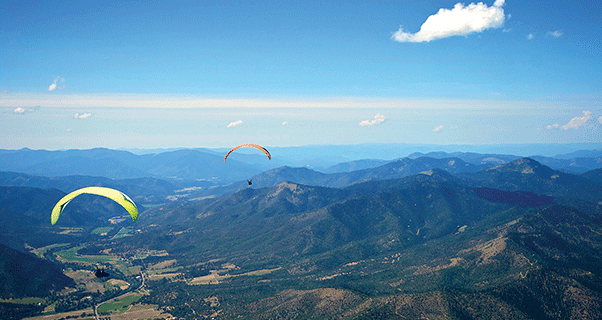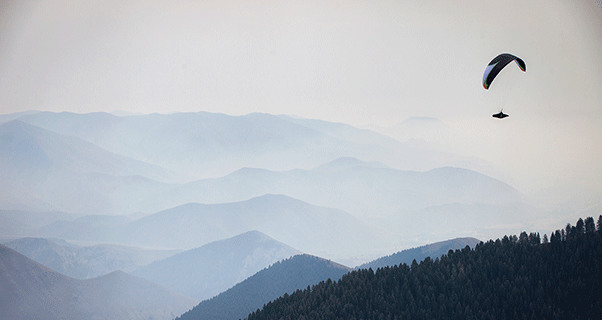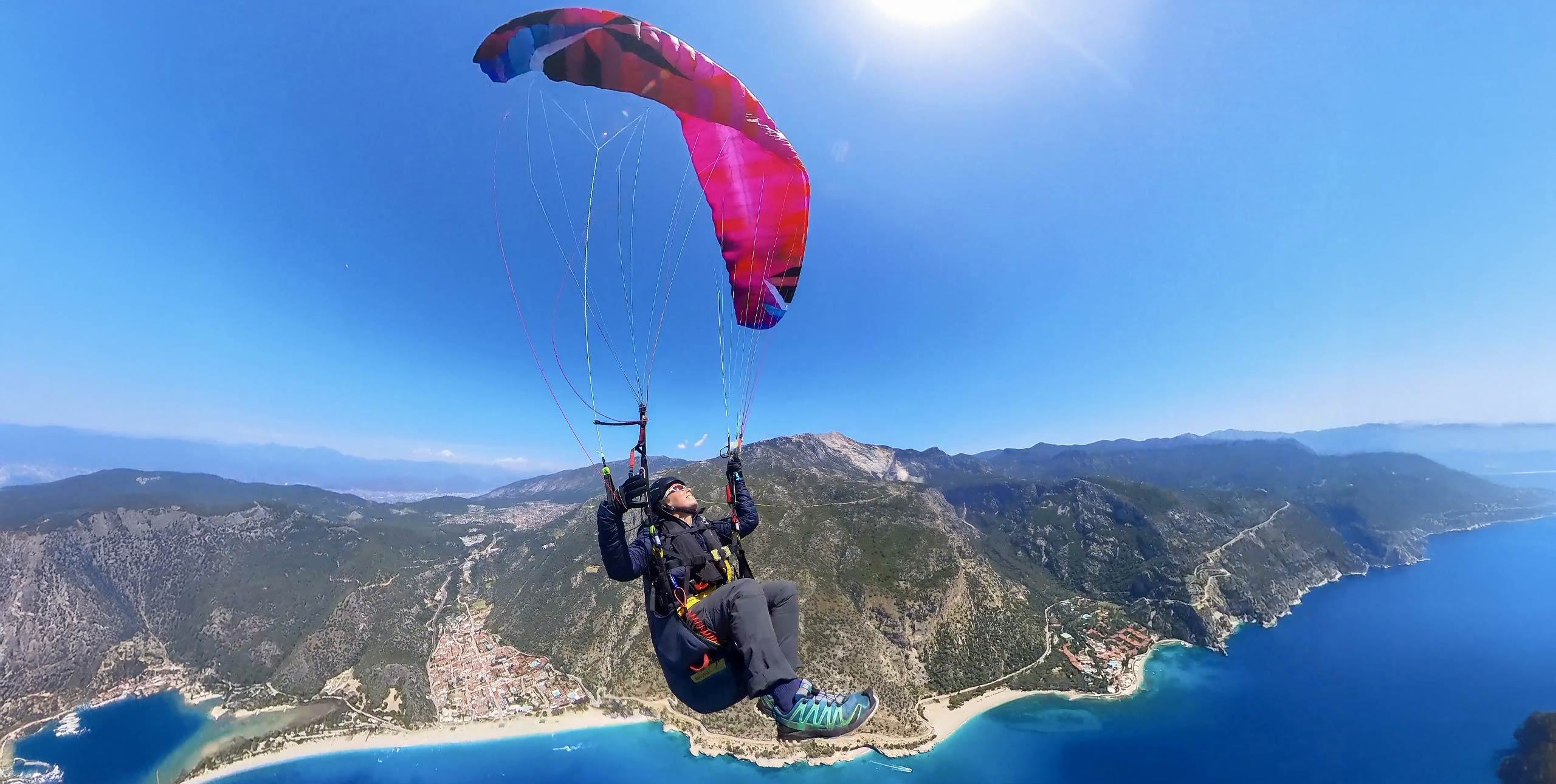
Guide to Torrey Pines, USA
14 March, 2014- A busy coastal soaring site with loads of history
- You need to sign in, sign up and mind your manners
- Soar the Pacific coast for hours
- Anytime, but April to October is best
WHY GO?
To say you’ve been. This is a tightly regulated soaring site but one of the most historic in the USA. It also has 300 flying days a year and boasts some amazing real estate.
WHERE IS IT?
WHAT’S IT LIKE?
Everyone wants a piece of Torrey Pines, and you’ll see hang gliders, paragliders, radio-controlled model sailplanes and full-scale sailplanes. Some free-spirited pilots complain that there are too many regulations at this site, but the rules sure keep things orderly!
Clearing the few hoops is well worth your while, so pay the fee, watch the intro video, wear the required whistle, mind your ridge rules and be happy. Soon enough you’ll be soaring over palatial mansions and enjoying palatial Pacific Ocean views.
Be prepared for spectators. The Cliff Hanger Café is nicely situated at the gliderport, and many workers from the surrounding area eat lunch there. You’ll feel like a super-hero when you launch and land to a big round of applause.
Inland flying sites can be flyable when Torrey Pines is not – some offering good XC potential. The most well known are Blossom Valley and Horse Canyon.
FLYING CONDITIONS
Torrey Pines is loved for its reliable, silken air and gorgeous views. You stand an excellent chance of having a nice, long soaring flight here at all times of the day and in all seasons.
Positioned on a grassy bluff, the abrupt cliff launch looks deceptively intimidating for the uninitiated, but favourable wind direction and speed mean your feet usually leave the ground long before the edge. In fact, Torrey Pines is widely considered an ideal site for learning to fly (although if you’re not under instruction, you must be rated to fly here).
Top-landing is standard-procedure here, but get a briefing from an experienced pilot on the best way to set up your touch down. It might be better not to launch if conditions aren’t strong enough to stay up. Sinking out onto Black’s Beach is an easy and nice landing option, but it’s a very steep hike back up to the gliderport.
WHEN TO GO
April-October offers the most consistent conditions, but winter flying is great as well. Local pilot Billy Purden says: “The best time to be here at Torrey Pines is all the time.”
ALTITUDE
Launch: 98m
Landing: topland or sink to sea level on Black’s Beach, the largest nudist beach in the USA. Yes, you read that right.
HANG GLIDER ACCESS
Hang gliders fly Torrey Pines but usually stick to strong days. There is no car-retrieval, so sinking out means a steep carry up.
MUST BE FLOWN
Beat back and forwards for the full four miles. If you get bored, hover your shadow over a naked sunbather for fun.
WATCH OUT FOR
The main danger is other air traffic. Follow the ridge rules carefully and carry the mandatory whistle to signal your presence when needed. Also watch for models on the ridge. Careful of rotor when top landing, especially if you are touching down anywhere outside the designated areas.
ACCOMMODATION
Nearby hotels La Jolla or The Lodge at Torrey Pines are strictly high dollar. For those on a budget, try the Hotel Circle off the Interstate-8, or for a funkier vibe The International Hostel in Ocean Beach.
For beach camping, book in advance at San Elijo State Beach (+1 760 753 5091) or Carlsbad State Beach (+1 760 438 3143).
GUIDES AND COURSES
Torrey Pines Gliderport is full service and offers gear sales and a variety of classes for hang gliding, paragliding, and paramotoring. They also run SIV clinics at nearby lakes and offer mini, full, and custom tours to other regional flying sites.
TAKE THE FAMILY AND RAINY DAYS
Parawaiting at Torrey Pines isn’t too bad: there are covered seating areas, pool tables, BBQs, a restaurant, gear store and hiking trails down to the beach. You can also drive a couple of miles to the nearby amazing Birch Aquarium. Check out the seahorse exhibit!
Away from the gliderport, Sea World has long been the default favourite. Or go seal-watching at La Jolla Cove, explore tide pools at Cabrillo National Monument or rent rollerblades and cruise Mission Beach.
WEATHER
Webcam and real-time weather is on the gliderport’s website
GETING THERE
Twenty-five minutes from San Diego airport take Interstate-5 North and exit on Genessee Avenue West. Turn left on North Torrey Pines Road and from there, take a quick right on Torrey Pines Scenic Drive (don’t drive too fast and miss the sign).
USEFUL CONTACTS
Torrey Pines Gliderport











